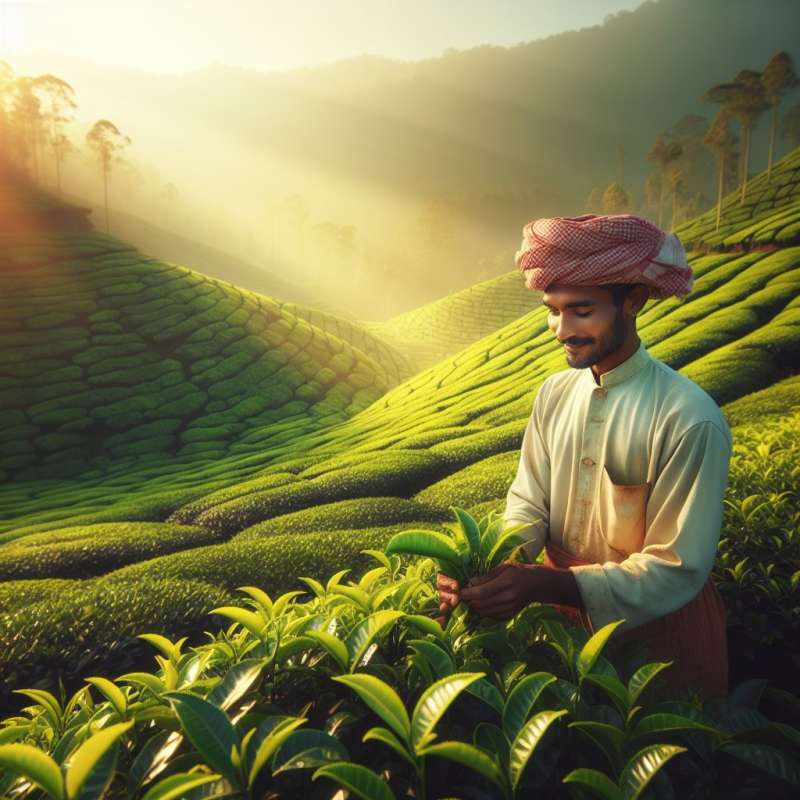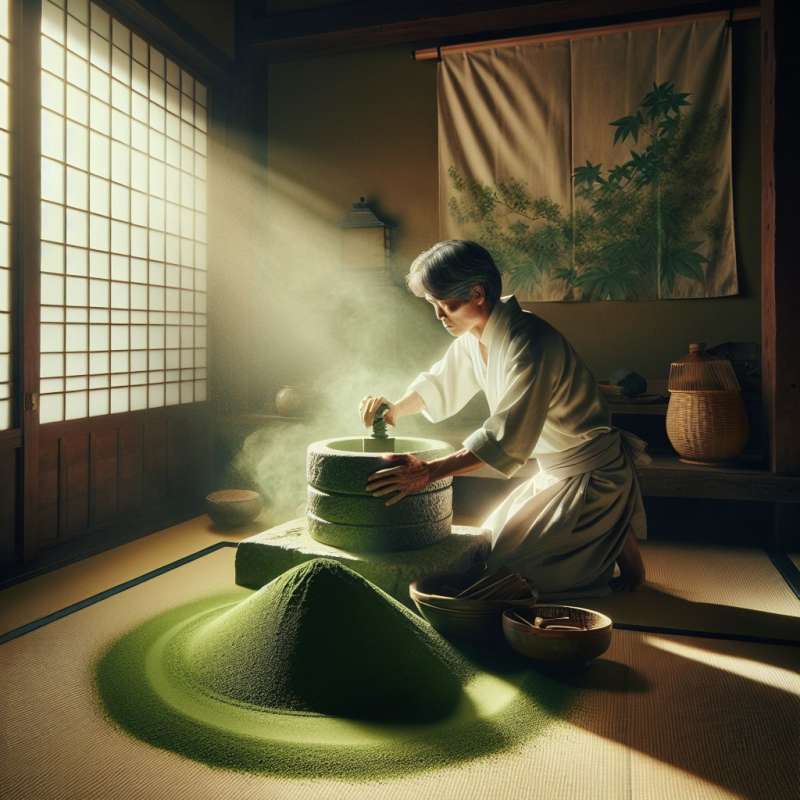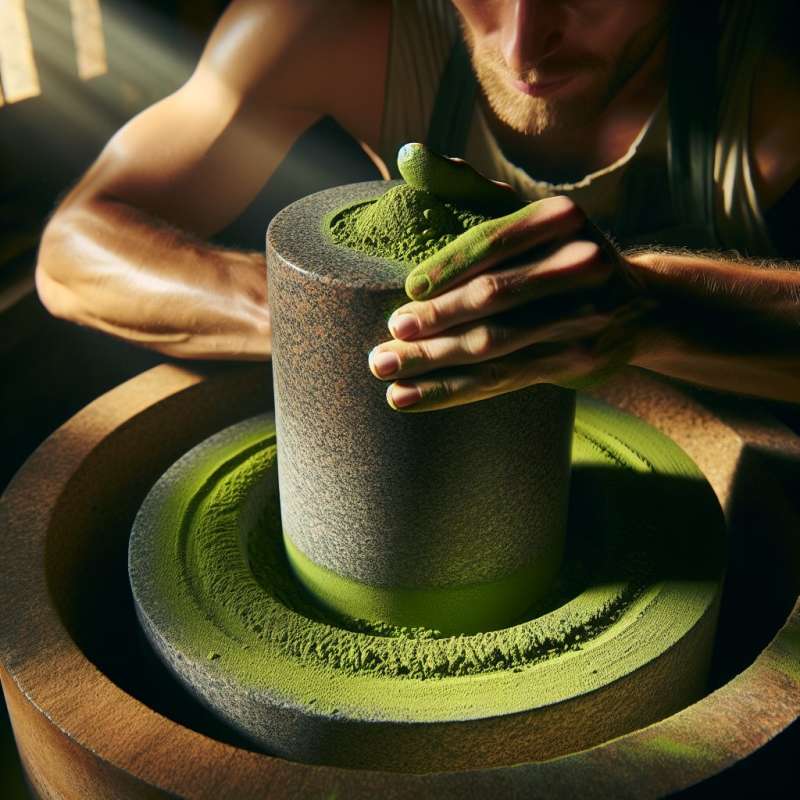
Defining Matcha
Matcha is a distinctive Japanese green tea. It's derived from shade-grown tea leaves, known as tencha, which are meticulously stone-ground into a fine, vibrant green powder.
Shade-Growing Technique
Matcha's cultivation is unique; the tea bushes are covered for 20-30 days pre-harvest. This shading boosts chlorophyll levels, enhancing the green hue and amino acid content, which gives matcha its umami flavor.
Harvesting the Tencha
Tencha, the precursor to matcha, involves careful selection. Only the youngest, finest tea leaves are handpicked, ensuring a smoother flavor and more delicate texture in the final matcha powder.
From Leaf to Powder
The selected leaves undergo a meticulous process: steaming, drying, and air cooling. Once the veins and stems are removed, what remains is the pure leaf, known as tencha, which is then stone-ground to produce matcha.
Stone-Grinding Delicacy
Stone-grinding is a slow, precise process taking up to one hour to grind 30 grams of matcha. This preserves its flavor and nutrient content, preventing oxidation and overheating.
Grades of Matcha
Matcha is categorized into ceremonial, premium, and culinary grades. Ceremonial is the highest quality, intended for traditional tea ceremonies, while culinary is often used in recipes and beverages.
Health Benefits
Matcha is celebrated for its health benefits. It's packed with antioxidants, particularly catechins known as EGCG, which may reduce cell damage and prevent chronic diseases.
What tea is Matcha derived from?
Fermented tencha leaves
Shade-grown tencha leaves
Sun-grown sencha leaves
Company